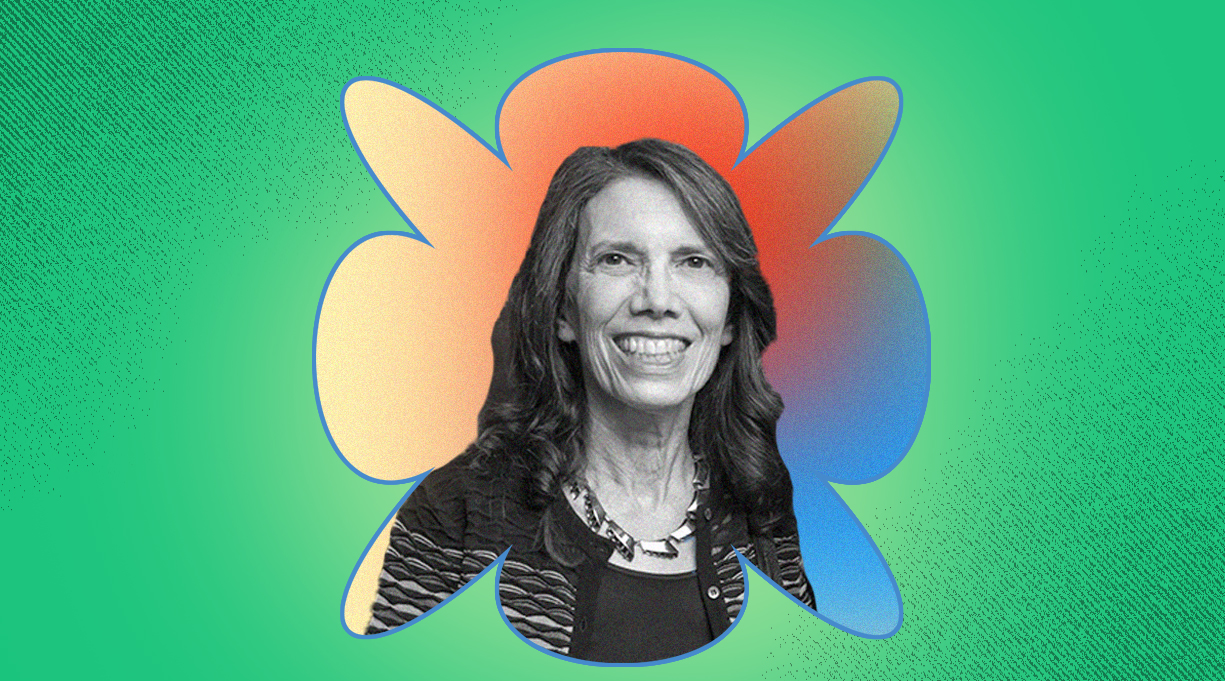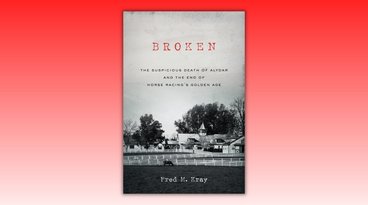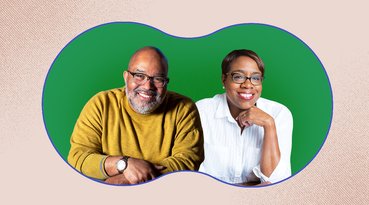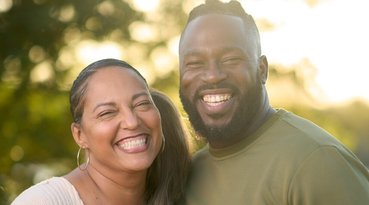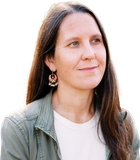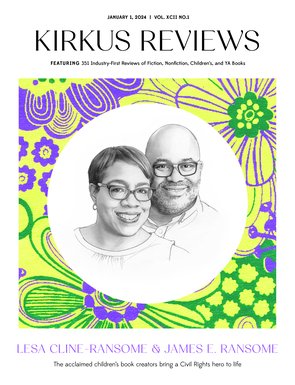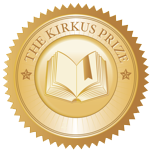Journalist and author Roslyn Bernstein, who has written about art and culture for a variety of publications including Guernica and Tablet, drew on personal experience to write her novel The Girl Who Counted Numbers, which made our editors’ list of the Best Indie Books of 2023. The narrative follows a first-generation New York City teenager on a trip in the early 1960s to Israel, where she absorbs the vivid sights and sounds of a young nation teeming with ghosts. Bernstein answered some questions about the novel by email.
What was the real-life inspiration for the story in your novel?
In 1961, when I was a college student at Brandeis University, I joined a group of social science students for a trip to Israel. The goal was to understand the dynamics of a young country: its politics, its economics, and its people, many of whom were survivors from the Holocaust. The country was just beginning to welcome new immigrants. Since I understood Hebrew, I spent my time eavesdropping on [people’s] conversations—life in the concentration camps and the struggles of immigrants who worked in construction and as housekeepers. Everyone was talking about the Adolf Eichmann trial.
Did you do research on the trial, or did you decide to rely on your own memories?
While I relied heavily on my memories of the 1961 Israel trip, I researched many aspects of the Eichmann trial: books and articles about the concentration camps, and newspaper accounts of personal testimonies. My goal was to make the context for The Girl Who Counted Numbers as credible as possible. Particularly valuable in my research were Deborah E. Lipstadt’s The Eichmann Trial and Hannah Arendt’s Eichmann in Jerusalem. Another valuable resource was the exhibit The Capture and Trial of Adolf Eichmann at the Museum of Jewish Heritage in New York City, which featured the glass booth he was tried in.
Can you tell us something about the striking photograph on the cover?
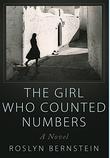 My goal was to capture a cover photo that depicted Israel in 1961. A colleague suggested that I look through the archives of the Israel Museum, where he had seen the work of Liselotte Grschebina, a German Jewish photographer. Born in 1908, Grschebina closed her studio just before Hitler came to power and immigrated to Palestine in 1934. Her work appealed to me because it was in the style of the Bauhaus school, with diagonals and shadows. The cover photo I chose (Untitled, 1960) was perfect for my novel—a young girl dressed in black against white buildings, a girl searching for something or someone.
My goal was to capture a cover photo that depicted Israel in 1961. A colleague suggested that I look through the archives of the Israel Museum, where he had seen the work of Liselotte Grschebina, a German Jewish photographer. Born in 1908, Grschebina closed her studio just before Hitler came to power and immigrated to Palestine in 1934. Her work appealed to me because it was in the style of the Bauhaus school, with diagonals and shadows. The cover photo I chose (Untitled, 1960) was perfect for my novel—a young girl dressed in black against white buildings, a girl searching for something or someone.
What were some of the highlights of promoting the book this year?
In addition to Zoom events and podcasts, I gave many in-person talks at public libraries in SoHo, Greenwich Village, and Monticello, New York, and at the Tribeca Synagogue. Tablet’s executive editor, Wayne Hoffman, did an excellent segment with me on the Unorthodox podcast, which focused on the theme of secrets. We talked about the twists and surprises in my novel. Especially memorable to me was receiving a Kirkus star and being named a finalist for the National Jewish Book Award for Debut Fiction.
Tom Beer is the editor-in-chief.



